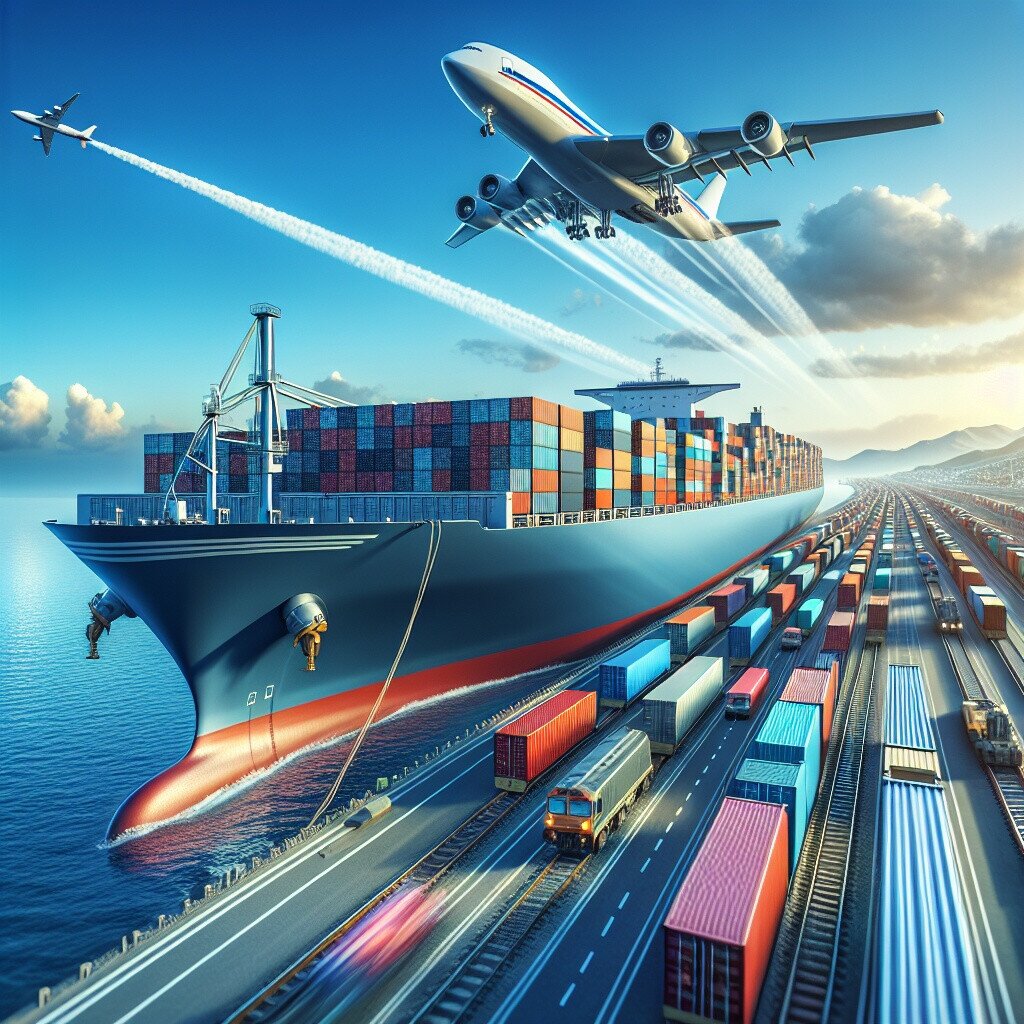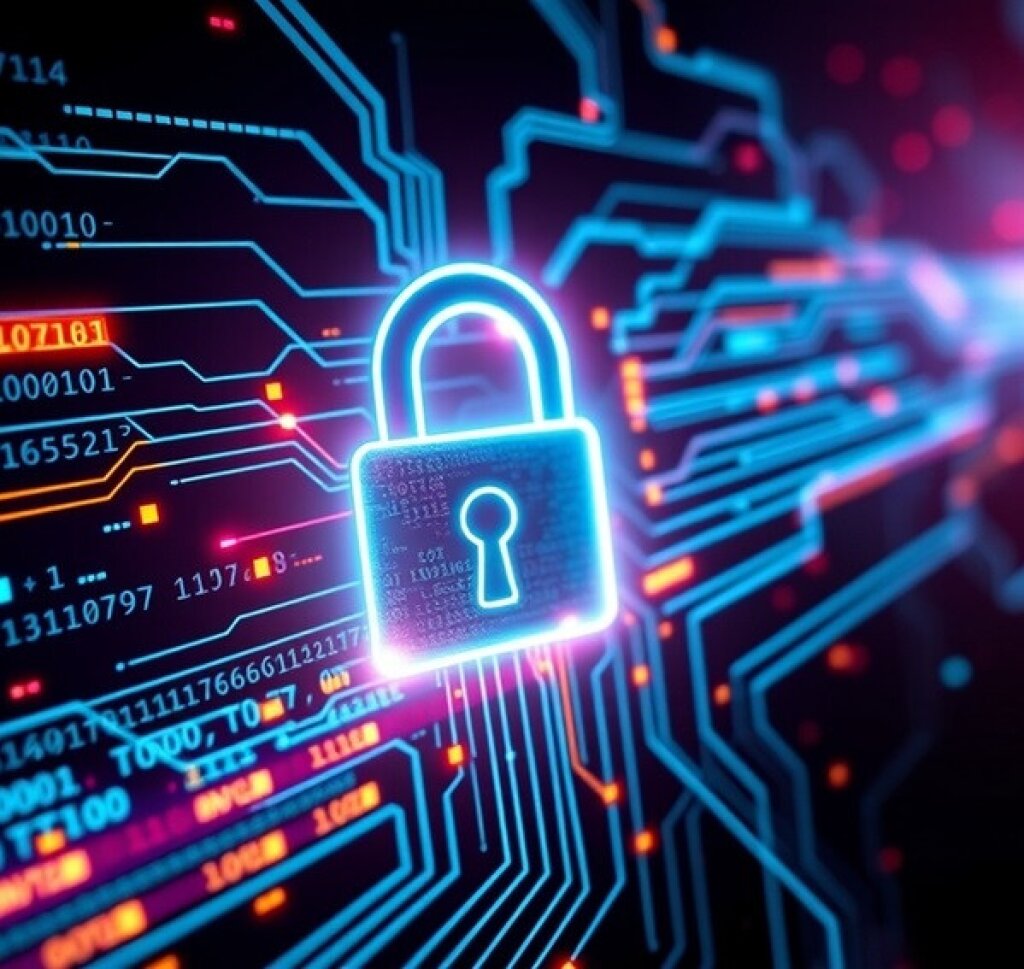The Need for Video Redaction in Transport: Ensuring Privacy, Security and Compliance
The transportation sector has increasingly relied on video surveillance to enhance safety, security and operational efficiency. Public transport systems, including buses, trains, planes, ships, and even hire cars, are now equipped with high-definition cameras to monitor passenger behaviour, deter criminal activity and support investigations.
However, the widespread use of surveillance raises critical concerns about privacy and data protection, making video redaction an essential process to balance security needs with individual rights.

Why is Video Redaction Needed in the Transportation Sector?
Video redaction is the process of obscuring or removing personally identifiable information (PII) from recorded footage, ensuring compliance with data protection regulations such as the General Data Protection Regulation (GDPR) in Europe and the California Consumer Privacy Act (CCPA) in the United States.
The necessity for video redaction in transport extends beyond mere legal compliance; it plays a pivotal role in maintaining public trust, protecting sensitive information and ensuring that video footage remains a valuable tool for various stakeholders.
Video redaction in transportation is importent for compliance, privacy and, significantly, revenue protection.
CCTV Use on Buses
CCTV cameras on buses enhance passenger safety, deter criminal activities and monitor driver behaviour. They provide evidence for accident investigations, prevent vandalism and ensure compliance with traffic laws. Real-time surveillance helps emergency response, while remote monitoring improves operational efficiency and passenger experience by reducing delays and incidents.
CCTV Use on Trains
Train CCTV systems help prevent crime, ensure passenger safety and monitor station activities. They deter vandalism, assist in accident investigations and enhance crowd management. Real-time monitoring aids in emergency responses, ensuring regulatory compliance. Surveillance also improves operational efficiency, driver performance, and security by detecting suspicious behaviour or unattended luggage.
Additionally, CCTV systems in railway stations and on trains is used to prevent and reduce revenue losses caused by fare dodging.
CCTV Use on Planes
Aircraft CCTV ensures cockpit security, monitors passenger behaviour and enhances flight safety. Cameras deter illegal activities, assist crew members and improve airport security. Surveillance in cargo holds prevents smuggling, while cabin monitoring detects suspicious actions. Real-time feeds help air traffic controllers and emergency responders manage security threats effectively.
CCTV Use on Ships
Maritime CCTV systems enhance crew and passenger safety, deter piracy and monitor onboard operations. Surveillance assists in accident investigations, ensures compliance with maritime laws and prevents cargo theft. Cameras improve navigation, oversee engine rooms and detect unauthorised access. Real-time monitoring helps respond to emergencies and safeguard maritime assets.
Face Blurring in Transportation Video
What is the purpose of face blurring in transportation?
Face blurring in transportation is primarily used to protect privacy, enhance security and comply with data protection regulations.
Face blurring prevents unauthorised identification of individuals in video surveillance footage, which protects passengers' and pedestrians' identities. Face blurring is crucial for public transit systems, smart city monitoring and traffic management, where cameras capture vast amounts of data.
Blurring also helps organisations comply with privacy laws like GDPR by anonymising personal information. Additionally, blurring minimises the risk of misuse of facial recognition technology and unauthorised tracking.
Overall, face blurring balances public safety needs with individuals' right to privacy in transportation systems.
Redacting or Anonymising Occupancy Data
One of the primary reasons for video redaction in transport is capacity monitoring. Public transportation operators use surveillance footage to assess passenger density, optimise routes and manage crowd control effectively.
In the post-pandemic era, real-time monitoring of passenger loads has become crucial in enforcing social distancing and ensuring compliance with health guidelines.
However, capturing and storing such footage without adequate redaction measures could expose passengers to privacy violations, making anonymisation techniques indispensable.
Redacting Transport Video Footage for Health and Safety Monitoring
Passenger health and safety is another critical aspect that necessitates video redaction.
Transport providers rely on video surveillance to identify medical emergencies, detect unattended luggage, and monitor passenger well-being. For instance, airlines use onboard cameras to observe passenger behaviour and respond to medical incidents swiftly.
While such monitoring is essential, publicly releasing or misusing unredacted footage could lead to privacy breaches and legal challenges.
Monitoring Customer Behaviour
Customer behaviour analysis is increasingly used by transport operators to improve service quality. Surveillance footage helps identify issues such as overcrowding, service disruptions and passenger interactions with staff.
Additionally, retailers within transit hubs analyse consumer movements to optimise store placements and advertising strategies.
Without proper redaction, individuals’ shopping habits and movements could be exposed, which would raise ethical and legal concerns.
Security Redaction: Top Transport Priority
Security remains one of the most significant drivers of video surveillance in transport. Cameras act as deterrents against vandalism, theft and violence.
Law enforcement agencies rely on video evidence to investigate crimes, apprehend suspects and provide evidence in court.
However, sharing raw footage with third parties or the public could compromise witness identities, violate privacy laws and lead to legal liabilities.
Effective video redaction of footage in transportation environments ensures that sensitive details are concealed while preserving the footage’s evidentiary value.
Redacting Transport Video Footage for Court
The role of video footage in court evidence and insurance claims cannot be overstated. In the event of accidents, disputes or criminal cases, transport operators and legal entities depend on surveillance videos to reconstruct incidents accurately.
For example, bus and train operators use video footage to verify accident claims, determine liability and combat fraudulent lawsuits.
Insurance companies analyse such footage to assess the legitimacy of compensation claims.
Without redaction, innocent bystanders and uninvolved passengers risk having their personal information exposed in legal proceedings, making anonymisation a necessary safeguard.
Loss Prevention and Fare Dodging Measures
Loss prevention and fare evasion are pressing concerns for transport authorities. Fare dodging costs transit systems millions of pounds/euros/dollars annually.
Surveillance footage aids in identifying repeat offenders and analysing fare evasion patterns.
Similarly, loss prevention strategies in rental car companies and transport logistics rely on video monitoring to reduce theft and asset mismanagement.
Ensuring that recorded footage is redacted before use in public reports or legal actions prevents privacy breaches while enabling authorities to act on security threats effectively.

Rising Demand for Transportation Video Redaction
Recent statistics highlight the growing reliance on video surveillance in transportation. According to a 2023 report by MarketsandMarkets, the global transportation video surveillance market is expected to reach $2.4 billion by 2027, driven by increasing security concerns and technological advancements.
A study by the International Association of Public Transport (UITP) found that over 85% of major transport operators globally use video surveillance as a key security measure.
While these figures demonstrate the benefits of surveillance, they also underscore the urgent need for robust redaction practices to prevent data misuse.
The necessity for video redaction in transport extends beyond regulatory compliance - it is a crucial tool for balancing security, efficiency and passenger privacy.
AI Advances in Video Redaction
As transport systems continue to embrace digital transformation, implementing automated redaction technologies is becoming indispensable.
Advanced artificial intelligence (AI) and machine learning algorithms now enable transport operators to blur faces, licence plates and other sensitive data efficiently in real time, to ensure that surveillance remains both effective and ethically responsible.
As video surveillance in transport expands, the demand for privacy-preserving technologies will rise. Public confidence in surveillance systems depends on the assurance that data is handled responsibly.
Investing in sophisticated redaction solutions is not just a legal obligation but a strategic move to foster trust, improve safety and ensure that video footage remains a powerful asset for security, operational efficiency, and legal proceedings.
The future of transport surveillance lies in striking the right balance between vigilance and privacy, to ensure that technological advancements serve both security needs and ethical considerations.
How Facit Helps the Transportation Sector with Redaction Tools
Facit provides a fast, accurate, cost-effective video redaction solution for transportation providers that automates complex compliance tasks.
Every day, Identity Cloak is used by air, rail, road and sea transport operators to redact CCTV and body worn camera video footage. Our AI-driven redaction solution:
Automatically removes personal data such as faces and distinguishing marks, and any other sensitive or protected information.
Redacts in-flight, in-transit and in-vehicle audio.
Redacts footage from any in-flight, in-vehicle or onboard event captured on video.
Redacts licence plates and identifiable vehicle markers in video footage.
Identity Cloak video redaction is simple to install and runs on transport operators’ existing CCTV systems. Get in touch to find out more.
Related Articles
Airport CCTV Analytics and Video Compliance
Read More About Video Redaction for Transportation and Logistics


